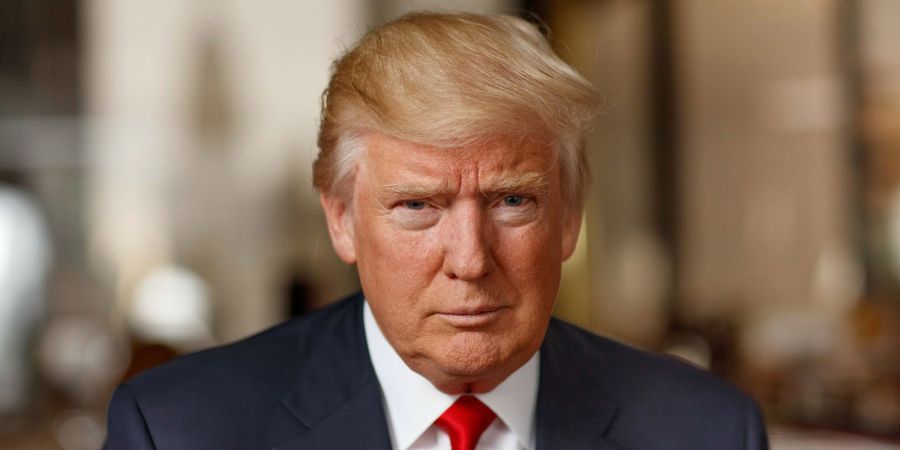Hours after warning of new tariffs on China, U.S. President Donald Trump, announced that as of November 1, 2023 a 100% import tariff would be applied to all goods made in China. This comes on the heels of China tightening export controls on rare earth materials needed by several industries, including electronics, automotive and defense.
Trump wrote on Truth Social that the tariffs will be implemented “over and above any tariff currently in place.” In concert with this effort, the U.S. government will also introduce export controls in respect to what it calls “critical software.” Tariffs affect goods but the new export order will affect technology, and could pose an even bigger long-term challenge for China.
China’s Rare Earth Restrictions Shake Global Supply Chains
Under a new policy in China, companies must now seek government approval to export products with more than 0.1% of rare earth minerals, such as samarium, terbium, dysprosium, and lutetium, mined or processed in China. These minerals are critical to the production of magnets, semiconductors, and other sophisticated electronic products.
Because China controls most of the rare earth supply in the world, the action has raised alarm bells across many industries. Auto manufacturers, chip manufacturers, and consumer electronics companies can worry that their production lines will be disrupted even if supply issues become even tighter. Analysts say the new policy expands upon China’s earlier “Tier 3” restrictions from April and argue that while the entire foundation of supply chains may not be disrupted, individual critical points along the way may experience extreme pressure.
The U.S. Response: More Than Just Tariffs
In return, the U.S. government’s decision to increase tariffs might just be the visible part of its strategy. The export control on “critical software” could have even longer-term ramifications. While the government has not defined what “critical software” includes, previous restrictions provide some indication.
Earlier this year, Washington restricted the export of chip design and simulation tools to China, or tools made by Cadence or Synopsys. If “critical software” is defined broadly, this could capture artificial intelligence frameworks like PyTorch, TensorFlow, and JAX. Restricting access to those frameworks would directly hinder China from developing expoenentially advanced AI systems, even if they obtain the hardware needed to make it work.
The Unclear Future of Global Tech Collaboration
Other potential targets under the export controls include compilers, firmware, and embedded software, the core components that allow hardware to function. This could affect microcode for CPUs and GPUs, or tools used for programming FPGAs. Even manufacturing software and network management tools might come under scrutiny.
The result would not be an immediate collapse but a gradual increase in operational challenges for companies in both countries. American and European firms with manufacturing operations in China could also face setbacks.
What remains uncertain is the scope of the U.S. definition of “critical software.” Until that becomes clear, industries worldwide are left speculating about just how far this trade escalation will go, and who will feel the real impact first.



